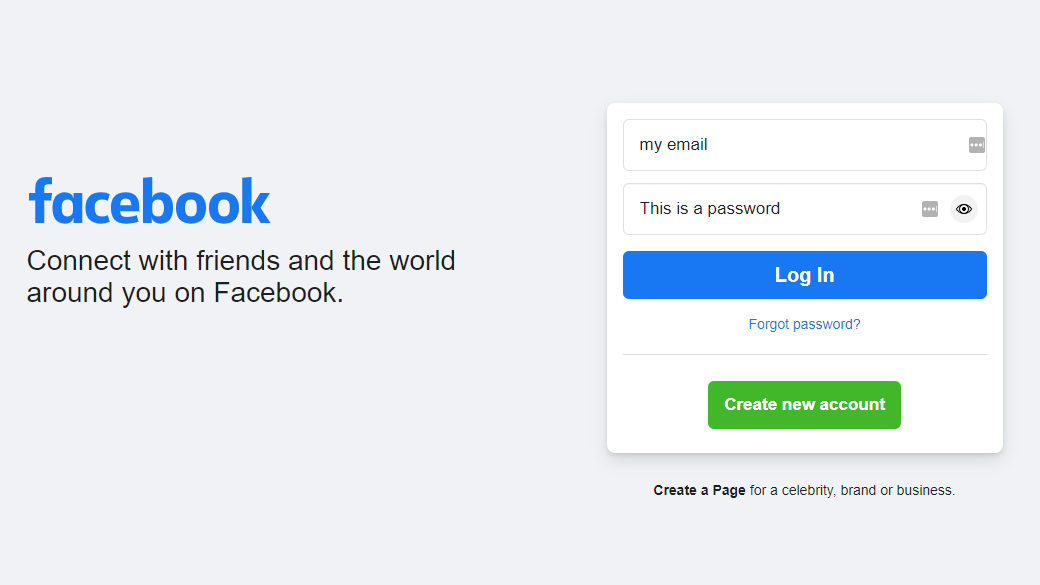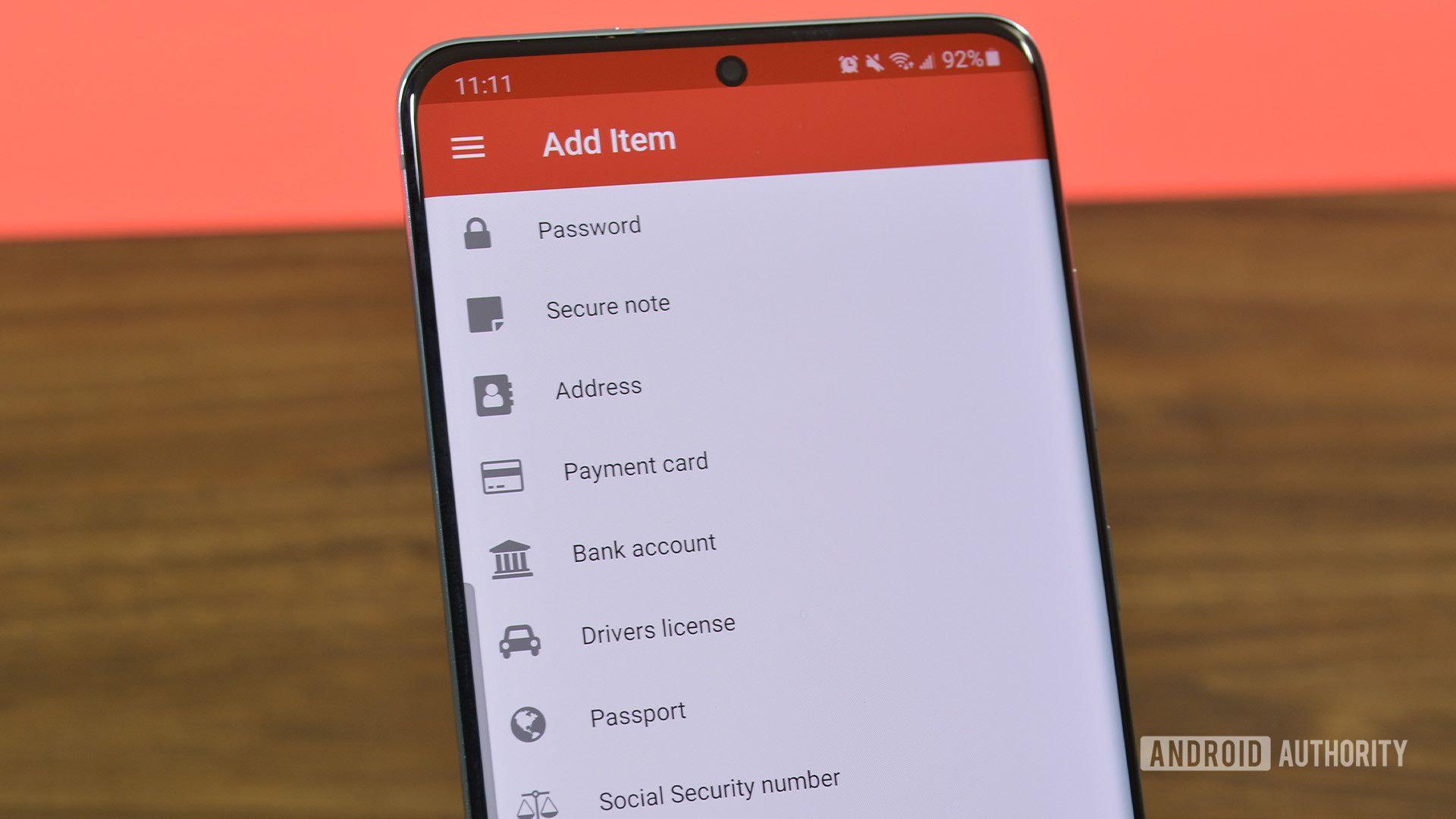Affiliate links on Android Authority may earn us a commission. Learn more.
How to show hidden passwords in any browser
Passwords keep you protected, but they’re so easy to forget! This is especially the case when you rely on password managers for everything. Want to see what’s behind those secretive asterisks? We’ve created this guide to show you how to make your computer show hidden passwords.
QUICK ANSWER
Hidden passwords can be shown by clicking on the eye icon next to your password box. If this is not supported by the website, keep reading for other methods to try.
JUMP TO KEY SECTIONS
Editor’s note: All instructions to show hidden passwords were put together using a custom PC running Windows 11, as well as Chrome 104.0.5112.81 and Firefox 103.0.2.
Show hidden passwords using the eye icon

Browsers and websites have been making it easier to view hidden passwords. There’s usually a tool right next to the text box!
How to use the eye icon to view hidden passwords:
- Open any website and let your manager input a password.
- Next to the password box, you will see an eye icon with a line crossing it. Click on it.
- You may also see an obvious option labeled as Show password, Show, or something similar.
- The password will show up!
If this doesn’t work, you can rely on the methods listed below.
Show hidden passwords by looking at the code

You can dig into the code to see what your password manager has typed into a text box. It’s a little different with every browser, so we can’t give you an exact tutorial that will work for everyone. Instead, we’ve picked the two most popular browsers, Chrome and Firefox, and made step-by-step instructions for each.
Show passwords in Chrome:
- Open any website and let your manager input a password.
- Right-click on the text box with the password.
- Select Inspect.
- Look for the text type= “Password”.
- Replace “Password” with “Text.”
- Press Enter.
- Your password will show up!
Show passwords in Firefox:
- Open any website and let your manager input a password.
- Right-click on the text box with the password.
- Select Inspect.
- A bar with the highlighted password field appears.
- Look for the code that reads type= “Password”.
- Replace “Password” with “Text.”
- Your password will show up!
Keep in mind these changes might not go away. Make sure to replace “Text” with “Password” so future users may not see your hidden passwords.
Get into the manager settings

Most password managers, such as Bitwarden and LastPass, have an option for displaying passwords within their own settings menu. The process for doing this is different in every case, but we will show you how it’s done on Chrome and Firefox to get the gist of it.
Show passwords in Chrome:
- Hit the three-dot menu button in the top-right corner of your browser.
- Select Settings.
- Select Autofill and tap on Passwords.
- There will be an eye next to every saved password. Click on it.
- You will be asked for your Google Account password or verification. Input it.
- The password will appear.
Show passwords in Firefox:
- Hit the Firefox menu button.
- Select Passwords.
- You’ll see all your saved logins. Select the one you want to know the password for.
- Next to the hidden password, you’ll see an eye icon. Click on it.
- Voila. You can now see your saved password!
Use third-party software

Plenty of third-party apps and extensions out there will show hidden passwords. A couple of good ones include the ShowPassword and Show and Hide Passwords Chrome extensions. A quick search will lead you to plenty of other options, though. Check out our top picks below.
FAQs
Given that you give them access to your PC, Windows profile, and browser, chances are they can find ways to see your auto-filled passwords. Some of these methods require authentication, but most don’t. You should always be careful who you let into your computer.
You can create a Windows guest profile. Either that or use a more secure password manager than Chrome’s or Firefox’s. Also, ensure people can’t easily access your Windows profile by setting a secure PIN or password.
Locally, there isn’t much Google does other than verify your identity in the settings. However, Google is good at letting you know if your information is somehow involved in a data breach. This allows you to change your passwords promptly.
Even highly secured websites like banking pages can show passwords using at least one of the methods mentioned here.
No, this will not reveal your password in most cases. This is a good thing as it makes your password more secure, but you can use the methods outlined above.